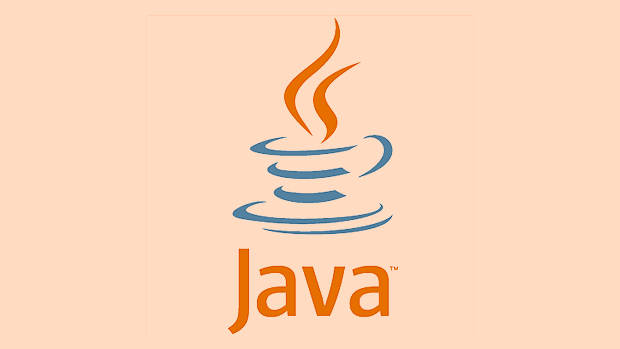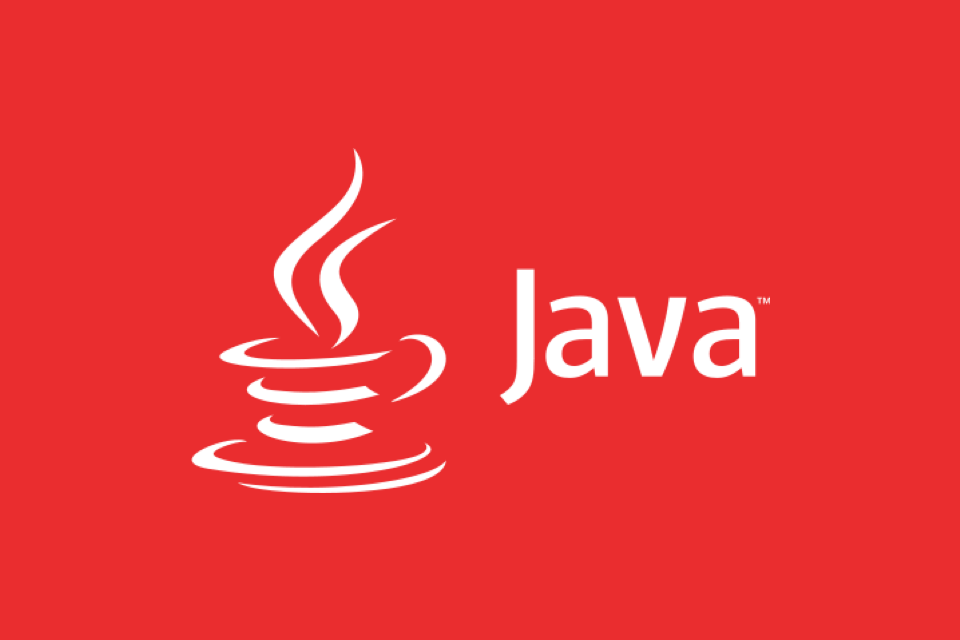Java Streams provide a declarative way to process collections. 1. They allow operations like filtering, mapping, sorting, and reducing. 2. Streams do not store data but carry elements through a pipeline of operations. 3. Intermediate operations return streams and can be chained, while terminal operations produce results. 4. Streams support both sequential and parallel execution, improving performance on large datasets. 5. Avoid side effects and reuse of consumed streams. 6. Use streams for clarity in complex transformations, but prefer loops for simple or performance-critical tasks.

Java Streams are a powerful feature introduced in Java 8 that lets you process sequences of data in a declarative way — kind of like how you'd write SQL queries for databases, but directly in Java code. They’re not about I/O or networking; they're all about processing collections (like Lists or Sets) with operations like filtering, mapping, and reducing.

What Can You Do With Streams?
Streams don't store data — they carry elements from a source (like a collection) through a pipeline of operations. These operations fall into two categories: intermediate and terminal. Intermediate operations return a stream so you can chain them, while terminal operations end the processing and produce a result.
Here's what typical stream operations look like:

- Filtering: Keep only certain elements
- Mapping: Transform each element into something else
- Sorting: Organize elements in a specific order
- Reducing: Combine elements to compute a result (like sum or max)
For example, if you have a list of names and want to get a list of uppercase names longer than 5 letters, you could do something like:
List<String> filteredNames = names.stream()
.filter(name -> name.length() > 5)
.map(String::toUpperCase)
.toList();This is concise, readable, and clearly expresses the intent of the operation.

When Should You Use Streams?
You might wonder when it makes sense to use streams instead of regular loops. The main benefits come from readability and expressiveness. If your logic involves transforming or filtering data in non-trivial ways, streams can make your intentions clearer.
Also, streams support both sequential and parallel execution. If you switch .stream() to .parallelStream(), Java will try to split the work across multiple threads automatically — which can be handy for large datasets.
But don’t overdo it. For simple tasks or performance-critical sections, plain loops might still be better. And deeply nested stream operations can get hard to read, especially if you're combining maps, filters, and flatMaps all in one line.
Common Mistakes and Gotchas
One thing to watch out for: streams are not reusable. Once you’ve consumed a stream (by calling a terminal operation), you can’t use it again. Trying to reuse a stream will throw an exception.
Another point: avoid side effects inside stream operations. For example, modifying a shared variable inside a forEach or map might lead to unexpected behavior — especially in parallel streams.
Also, keep in mind that some operations are stateful, like sorted() or distinct(). They need to process all elements before producing output, which can affect performance on large datasets.
And remember: .collect(Collectors.toList()) used to be common before Java 16, but now .toList() does the job more cleanly.
So yeah, Java Streams give you a clean, functional way to process collections. Used well, they make your code easier to read and maintain. But like any tool, they work best when applied appropriately.
The above is the detailed content of What are Java Streams?. For more information, please follow other related articles on the PHP Chinese website!

Hot AI Tools

Undress AI Tool
Undress images for free

Undresser.AI Undress
AI-powered app for creating realistic nude photos

AI Clothes Remover
Online AI tool for removing clothes from photos.

Clothoff.io
AI clothes remover

Video Face Swap
Swap faces in any video effortlessly with our completely free AI face swap tool!

Hot Article

Hot Tools

Notepad++7.3.1
Easy-to-use and free code editor

SublimeText3 Chinese version
Chinese version, very easy to use

Zend Studio 13.0.1
Powerful PHP integrated development environment

Dreamweaver CS6
Visual web development tools

SublimeText3 Mac version
God-level code editing software (SublimeText3)

Hot Topics
 Difference between HashMap and Hashtable?
Jun 24, 2025 pm 09:41 PM
Difference between HashMap and Hashtable?
Jun 24, 2025 pm 09:41 PM
The difference between HashMap and Hashtable is mainly reflected in thread safety, null value support and performance. 1. In terms of thread safety, Hashtable is thread-safe, and its methods are mostly synchronous methods, while HashMap does not perform synchronization processing, which is not thread-safe; 2. In terms of null value support, HashMap allows one null key and multiple null values, while Hashtable does not allow null keys or values, otherwise a NullPointerException will be thrown; 3. In terms of performance, HashMap is more efficient because there is no synchronization mechanism, and Hashtable has a low locking performance for each operation. It is recommended to use ConcurrentHashMap instead.
 Why do we need wrapper classes?
Jun 28, 2025 am 01:01 AM
Why do we need wrapper classes?
Jun 28, 2025 am 01:01 AM
Java uses wrapper classes because basic data types cannot directly participate in object-oriented operations, and object forms are often required in actual needs; 1. Collection classes can only store objects, such as Lists use automatic boxing to store numerical values; 2. Generics do not support basic types, and packaging classes must be used as type parameters; 3. Packaging classes can represent null values ??to distinguish unset or missing data; 4. Packaging classes provide practical methods such as string conversion to facilitate data parsing and processing, so in scenarios where these characteristics are needed, packaging classes are indispensable.
 What are static methods in interfaces?
Jun 24, 2025 pm 10:57 PM
What are static methods in interfaces?
Jun 24, 2025 pm 10:57 PM
StaticmethodsininterfaceswereintroducedinJava8toallowutilityfunctionswithintheinterfaceitself.BeforeJava8,suchfunctionsrequiredseparatehelperclasses,leadingtodisorganizedcode.Now,staticmethodsprovidethreekeybenefits:1)theyenableutilitymethodsdirectly
 How does JIT compiler optimize code?
Jun 24, 2025 pm 10:45 PM
How does JIT compiler optimize code?
Jun 24, 2025 pm 10:45 PM
The JIT compiler optimizes code through four methods: method inline, hot spot detection and compilation, type speculation and devirtualization, and redundant operation elimination. 1. Method inline reduces call overhead and inserts frequently called small methods directly into the call; 2. Hot spot detection and high-frequency code execution and centrally optimize it to save resources; 3. Type speculation collects runtime type information to achieve devirtualization calls, improving efficiency; 4. Redundant operations eliminate useless calculations and inspections based on operational data deletion, enhancing performance.
 What is an instance initializer block?
Jun 25, 2025 pm 12:21 PM
What is an instance initializer block?
Jun 25, 2025 pm 12:21 PM
Instance initialization blocks are used in Java to run initialization logic when creating objects, which are executed before the constructor. It is suitable for scenarios where multiple constructors share initialization code, complex field initialization, or anonymous class initialization scenarios. Unlike static initialization blocks, it is executed every time it is instantiated, while static initialization blocks only run once when the class is loaded.
 What is the Factory pattern?
Jun 24, 2025 pm 11:29 PM
What is the Factory pattern?
Jun 24, 2025 pm 11:29 PM
Factory mode is used to encapsulate object creation logic, making the code more flexible, easy to maintain, and loosely coupled. The core answer is: by centrally managing object creation logic, hiding implementation details, and supporting the creation of multiple related objects. The specific description is as follows: the factory mode handes object creation to a special factory class or method for processing, avoiding the use of newClass() directly; it is suitable for scenarios where multiple types of related objects are created, creation logic may change, and implementation details need to be hidden; for example, in the payment processor, Stripe, PayPal and other instances are created through factories; its implementation includes the object returned by the factory class based on input parameters, and all objects realize a common interface; common variants include simple factories, factory methods and abstract factories, which are suitable for different complexities.
 What is the `final` keyword for variables?
Jun 24, 2025 pm 07:29 PM
What is the `final` keyword for variables?
Jun 24, 2025 pm 07:29 PM
InJava,thefinalkeywordpreventsavariable’svaluefrombeingchangedafterassignment,butitsbehaviordiffersforprimitivesandobjectreferences.Forprimitivevariables,finalmakesthevalueconstant,asinfinalintMAX_SPEED=100;wherereassignmentcausesanerror.Forobjectref
 What is type casting?
Jun 24, 2025 pm 11:09 PM
What is type casting?
Jun 24, 2025 pm 11:09 PM
There are two types of conversion: implicit and explicit. 1. Implicit conversion occurs automatically, such as converting int to double; 2. Explicit conversion requires manual operation, such as using (int)myDouble. A case where type conversion is required includes processing user input, mathematical operations, or passing different types of values ??between functions. Issues that need to be noted are: turning floating-point numbers into integers will truncate the fractional part, turning large types into small types may lead to data loss, and some languages ??do not allow direct conversion of specific types. A proper understanding of language conversion rules helps avoid errors.






